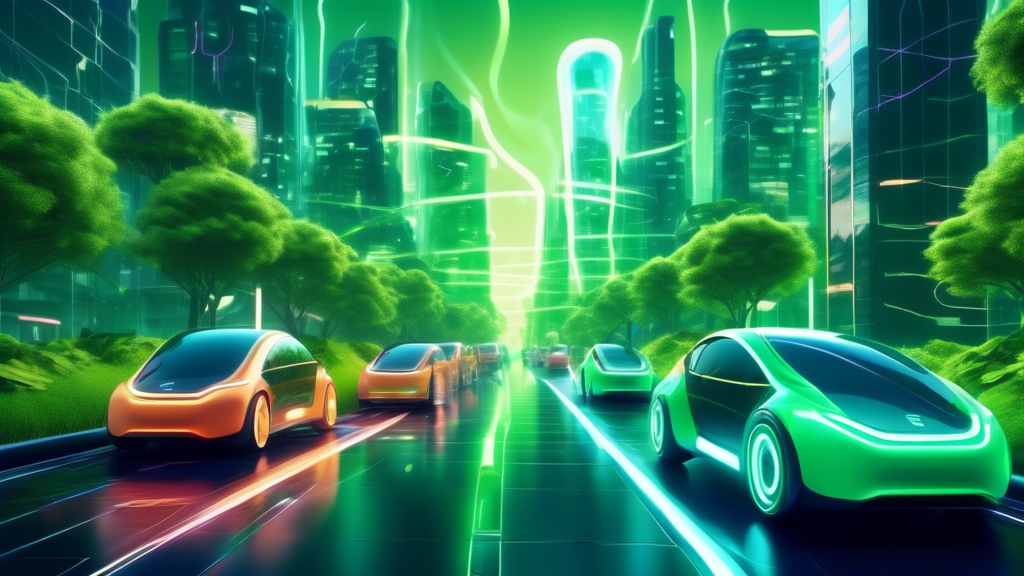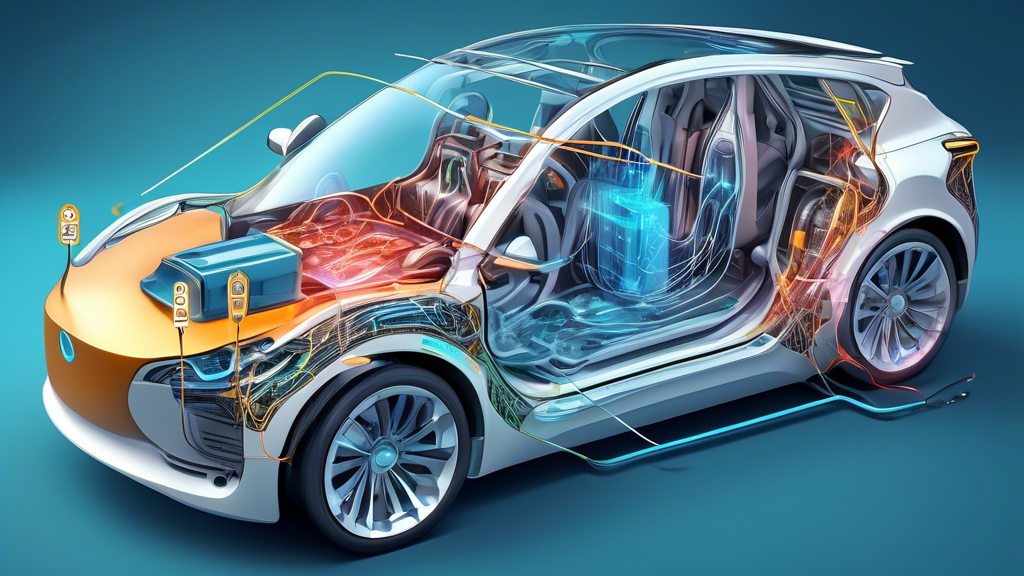
What is Regenerative Braking, and Why Should You Care?
Ever wondered what magic lets electric and hybrid vehicles sip rather than guzzle fuel? Enter regenerative braking, the unsung hero of automotive technologies. It’s not just a fancy feature in high-tech cars; it’s an energy-recycling guru that can make a sizeable difference in how vehicles consume power. How effective is a regenerative brake system? Let’s explore the effectiveness of regenerative braking systems together.
How Does Regenerative Braking Systems Work?
Picture this: you’re driving along, and you begin to press the brake pedal. This action wastes the kinetic energy generated as heat in conventional vehicles. Regenerative braking captures wasted energy and recharges the battery. It’s akin to giving your vehicle a sip of its energy drink, except it’s more eco-friendly and less sugary.
The Transformation Process
The magic begins when you reduce your car’s speed. Instead of relying solely on friction brakes, a regenerative braking system uses the electric motor as a generator. This generator action converts the mechanical energy of the car’s motion back into electrical energy. Think of it as your car taking a deep breath in instead of sighing out relief.
Storing the Energy
The newly converted electrical energy is then stored in the battery. This isn’t just any battery – it’s a high-capacity power source capable of handling the sudden rush of recharged energy. This makes your vehicle ready for immediate use of this power and helps extend the battery’s life and overall vehicle efficiency.

Benefits of Regenerative Braking Systems
The perks of regenerative braking are not just limited to feeling good about being environmentally friendly. They extend much further:
- Fuel Efficiency: Cars consume less fuel by converting and reusing energy, saving you money at the pump (or the electric charging station). Less energy waste equals fewer trips to recharge or refuel.
- Extended Brake Life: Because the system relies less on traditional friction brakes, the wear and tear on your brake pads and discs are significantly reduced. This means fewer replacements and maintenance needs.
- Reduced Emissions: With improved fuel efficiency comes a reduction in harmful emissions. Driving an electric or hybrid vehicle with regenerative braking means you’re contributing less to pollution.
Regenerative Braking Systems: Are There Any Downsides?
No technology is perfect, and regenerative braking systems are no exception. One of the main challenges is that they are most effective at certain speeds. Typically, slower city driving offers more opportunities for energy recovery. There’s less energy to capture on highways, where braking is less frequent.
Also, in situations requiring sudden, harsh stops, traditional friction brakes are still necessary to safely bring the vehicle to a halt. The regenerative system is not typically designed to handle emergency braking scenarios independently.
Looking to The Future
As automotive technology evolves, the efficiency and effectiveness of regenerative braking systems continue to improve. Innovations are making these systems more effective at higher speeds and in various driving conditions. The goal is clear: maximizing energy efficiency while minimizing environmental impact.
With advancements on the horizon, the regenerative braking system holds promise as a feature in luxury or tech-savvy vehicles and as a standard in all vehicles. Imagine a world where every vehicle conserves energy as diligently as we conserve our phone battery life. Wouldn’t that drive us towards a greener future?
